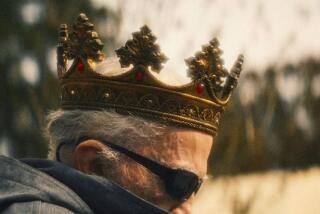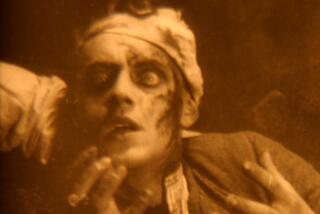Book Mark : âVisionaryâ Worldâs...
During the Great Depression, just when the future seemed so bleak, nearly 100 million Americans visited Century of Progress expositions, or worldâs fairs, throughout the country. Firing the imaginations of countless ordinary Americans, these fairs took the nation by storm.
Far more than Depression-era sideshows, these remarkably complex events were actually planned responses to the worldwide crises shaking the capitalistsystem. The Bolshevik Revolution, working-class revolutions in Europe, waves of strikes in major American cities in 1919--all these had shocked corporate executives and spurred government officials to take ruthless measures against strikers and alleged left-wing sympathizers.
Then, just when the country seemed to be getting back to ânormalcy,â the bottom fell out of the economy and the Great Depression, a world depression, put the âmodern world systemâ at risk.
These events terrified corporate and government leaders because of their scale and because of the disaffection of a growing number of Americans with the prevailing economic order. The Century of Progress expositions were calculated responses to this crisis, presenting Americans with blueprints for modernizing the United States that, in the eyes of exposition organizers, would lead the nation out of the Depression and place it on the road to future perfection. And yet, as compelling as their vision of the future may have been, the expositions were never so convincing that they encountered no dissent or resistance. Not all Americans agreed with the future as imagined by worldâs fair promoters.
In the 1933 Century of Progress exposition, for instance, African-Americans were degraded at every turn. Fairgoers could throw a ball through a slot that would tumble 10 African-Americans from a plank into water at one concession.
Recognizing that worldâs fairs had always been battlegrounds for control of the future, African-Americans tried to redirect the vision of the â30s expositions through vigorous political activism. But as political scientist Donald Horne has written, âSome social groups have greater resources to define ârealityâ than others.â
Precisely because . . . the fairs incorporated the voice and authority of science into their presentations of social reality, the Century of Progress expositions helped secure the cohesion of national elites and middle-class Americans around a blueprint that defined continued progress as synonymous with material growth, scientific and technological advance, and a continued acceptance of social norms.
Copyright 1993 by the University of Chicago. Reprinted by permission of the University of Chicago Press.
* BOOK REVIEW. A review of âWorld of Fairsâ appears on Page 2 of the Book Review section.
More to Read
The biggest entertainment stories
Get our big stories about Hollywood, film, television, music, arts, culture and more right in your inbox as soon as they publish.
You may occasionally receive promotional content from the Los Angeles Times.










